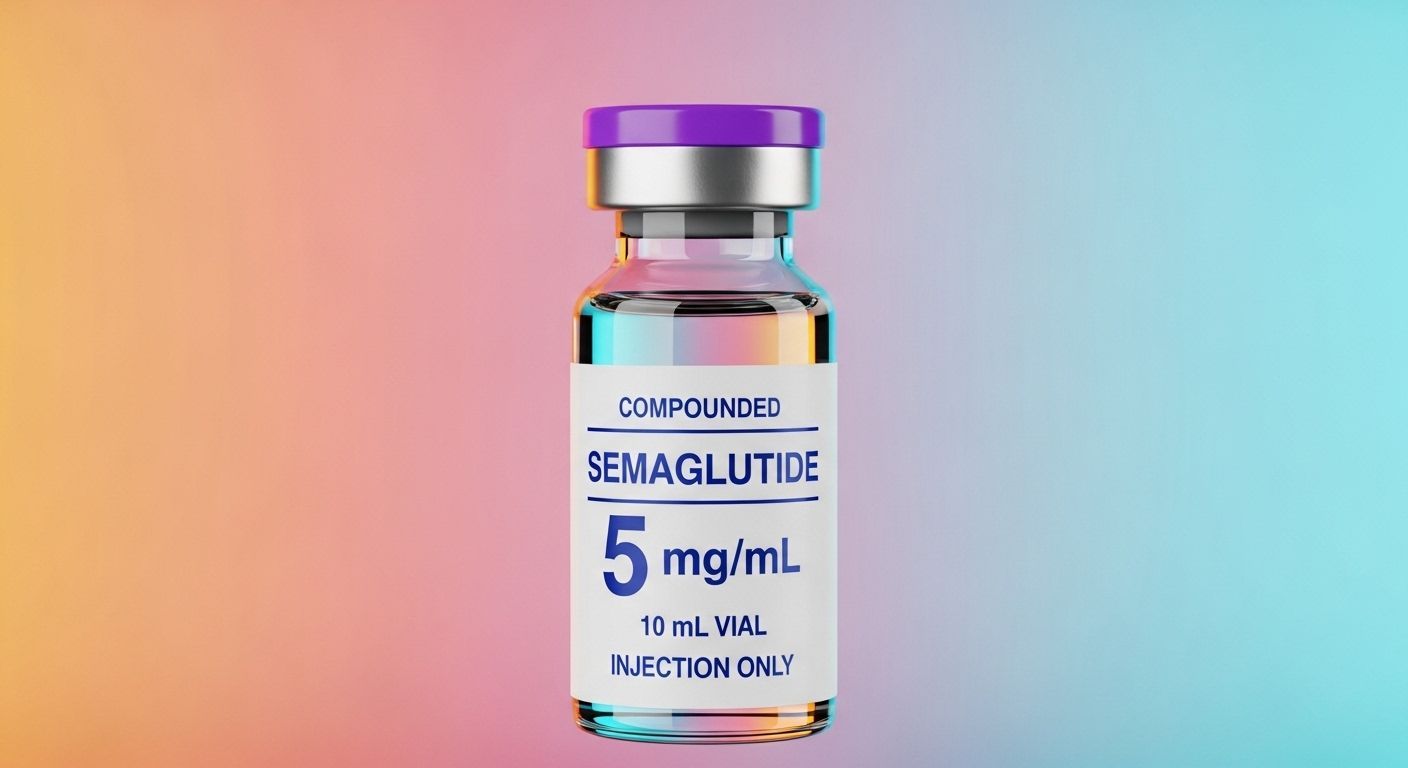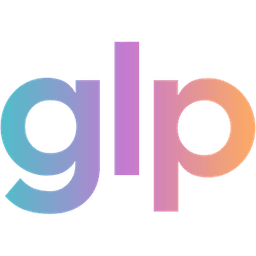GLP-1s Explained: What Wegovy, Ozempic, Mounjaro, and Zepbound Actually Do
Author
glp winnerDate Published
- Twitter
- Facebook
- LinkedIn
- Instagram
- Copy Link

The Buzz Around GLP-1s
If it feels like everyone’s talking about Wegovy, Ozempic, Mounjaro, or Zepbound—you’re not imagining it. Once used mainly for type 2 diabetes, these medications are now front-page news for helping people lose weight and improve metabolic health.
But what are they actually doing inside the body? Let’s pull apart the hype and focus on the science.
What GLP-1s Are—and Why They Matter
GLP-1 stands for glucagon-like peptide-1, a hormone your intestines release after eating. It helps control blood sugar, slow digestion, and tell your brain you’re full.
GLP-1 receptor agonists—the drug class including Wegovy, Ozempic, Mounjaro, and Zepbound—mimic that same hormone. These are prescription-only, FDA-approved medications used for type 2 diabetes and/or chronic weight management (FDA Wegovy label, 2023).
They don’t override biology; they reinforce the body’s own appetite and glucose-control systems.
How GLP-1 Medications Work
Think of GLP-1s as multitaskers for your metabolism:
- Balance blood sugar: They prompt the pancreas to release insulin when glucose is high and reduce glucagon when it’s not needed (FDA).
- Slow digestion: Food leaves the stomach more slowly, reducing sugar spikes after meals (NIH).
- Calm hunger signals: They act on appetite centers in the brain to help you feel full sooner (Nature Reviews Endocrinology).
It’s like turning down the background noise of constant hunger—without muting your enjoyment of food.
Meet the Big Four: Wegovy, Ozempic, Mounjaro, and Zepbound
You’ve probably heard of a few names most often when people discuss GLP-1s. Each is FDA approved for different medical needs, but they work very similarly in the body.
Wegovy® (semaglutide): FDA-approved for chronic weight management in adults with obesity or overweight plus a related condition (FDA).
Ozempic® (semaglutide): FDA-approved for type 2 diabetes; sometimes prescribed off-label for weight loss (FDA).
Mounjaro® (tirzepatide): FDA-approved for type 2 diabetes and works on both GLP-1 and GIP receptors (FDA).
Zepbound™ (tirzepatide): FDA-approved for chronic weight management, sharing the same active molecule as Mounjaro but labeled specifically for weight loss (FDA).
Each is a regulated prescription medication—no gray areas, no shortcuts.
The Compounded GLP-1 Conversation: What That Means
You may also hear about “compounded” GLP-1 medications, such as compounded semaglutide or tirzepatide. These are custom prescriptions prepared by licensed compounding pharmacies for patients who need a specific dose, formulation, or access option when an FDA-approved version isn’t suitable or available (FDA).
Compounded medications are not individually FDA-approved, meaning the final customized product hasn’t gone through the same pre-market review process as brand-name drugs (FDA).
However, many compounding pharmacies are regulated and inspected by the FDA or state pharmacy boards and must follow standards for sterile drug preparation and quality control. These include national guidelines such as USP 795, 797, and 800, which cover sterile technique, potency testing, and contamination prevention (NABP).
The FDA recently clarified its policy as national supply stabilized, confirming that licensed pharmacies may only compound GLP-1 medications when there’s a documented clinical need or shortage, and that they must follow strict 503A or 503B compounding rules (FDA).
So, to compare the two:
- FDA-approved GLP-1s (like Wegovy, Ozempic, Mounjaro, and Zepbound) are mass-produced medications that go through full FDA testing for safety and efficacy.
- Compounded GLP-1s are customized versions made by licensed pharmacies to meet specific patient needs under a doctor’s prescription. They can be an option when standard products aren’t accessible or a tailored approach is needed.
Always work with a licensed healthcare provider to make sure the pharmacy is properly accredited and authorized to ship to your state before starting any compounded treatment. GLP Winner is a great tool to get you started by asking a few questions, then listing providers that fit your criteria. To get started, click here.
The Expanding Field: Other and Upcoming GLP-1s
GLP-1 science is moving fast.
- Liraglutide (Saxenda®) paved the way as one of the first GLP-1 drugs approved for weight management (FDA).
- Retatrutide, a next-generation “triple agonist” targeting GLP-1, GIP, and glucagon receptors, is in clinical trials but not FDA-approved (Drugs.com).
Every new version follows the same logic: working with the body’s own hormones to balance appetite and glucose.
What to Expect When Starting a GLP-1
Common experiences include:
- Earlier fullness and fewer cravings
- Smaller meals and steadier energy
- Temporary digestive symptoms like nausea or constipation
These typically ease as the body adjusts. Always start and titrate under a healthcare provider’s supervision (Mayo Clinic).
Why GLP-1s Have Captured Global Attention
Originally developed for diabetes, GLP-1 drugs revealed major side benefits—weight loss, lower cardiovascular risk, and improved metabolic health.
In 2024, the FDA expanded Wegovy’s label to include reducing risk of major cardiovascular events in adults with obesity or overweight and established heart disease (FDA).
That approval was driven by the SELECT trial, which found about a 20 percent reduction in heart-attack, stroke, or cardiovascular-death risk compared to placebo (AJMC).
These outcomes helped transform how medicine views obesity—from a willpower issue to a treatable chronic disease.
Safe Access and How to Find Legitimate Providers
Whether you’re prescribed an FDA-approved GLP-1 or a compounded version, working with a licensed medical provider and an accredited pharmacy is what matters most. These medications should always come from a legitimate source and under professional supervision.
Before starting treatment, check that:
- Your provider is licensed and has reviewed your medical history to determine what type of GLP-1 is appropriate for you.
- Your pharmacy is properly accredited and authorized to ship to your state. You can verify this through programs like the NABP Pharmacy Verification Program.
- You understand what you’re prescribed. FDA-approved medications go through formal review and labeling, while compounded medications are custom-made and not individually FDA-approved—but they can be prepared by FDA-inspected or state-licensed pharmacies following safety standards.
Avoid buying GLP-1 medications from social-media sellers or websites offering “research peptides” or unverified “generic semaglutide.” These are not regulated for safety and may not contain the correct ingredients (FDA).
The safest route is always through a trusted prescriber who can guide you to a legitimate, verified pharmacy—whether that’s for an FDA-approved or compounded treatment plan that fits your individual needs.
Key Takeaway
GLP-1 medications—Wegovy, Ozempic, Mounjaro, and Zepbound—are evidence-based breakthroughs that harness your body’s own hormones to support weight and metabolic health.
Compounded versions are not FDA-approved, and their safety or consistency cannot be guaranteed. The safe path is always through a licensed clinician using FDA-approved medication from a verified pharmacy.
If you enjoy posts like these, you can subscribe to receive newsletter updates.
Sources
Keep Reading

Learn 6 simple steps to ask your doctor for a GLP-1 prescription and talk confidently about safe, effective weight-loss options.

It's the end of the shortage style compounding with essential copies. Now compounding requires a medical justification.

Learn what microdosing GLP-1s really means, what’s known, what’s not, and key questions to ask your doctor before considering it.
